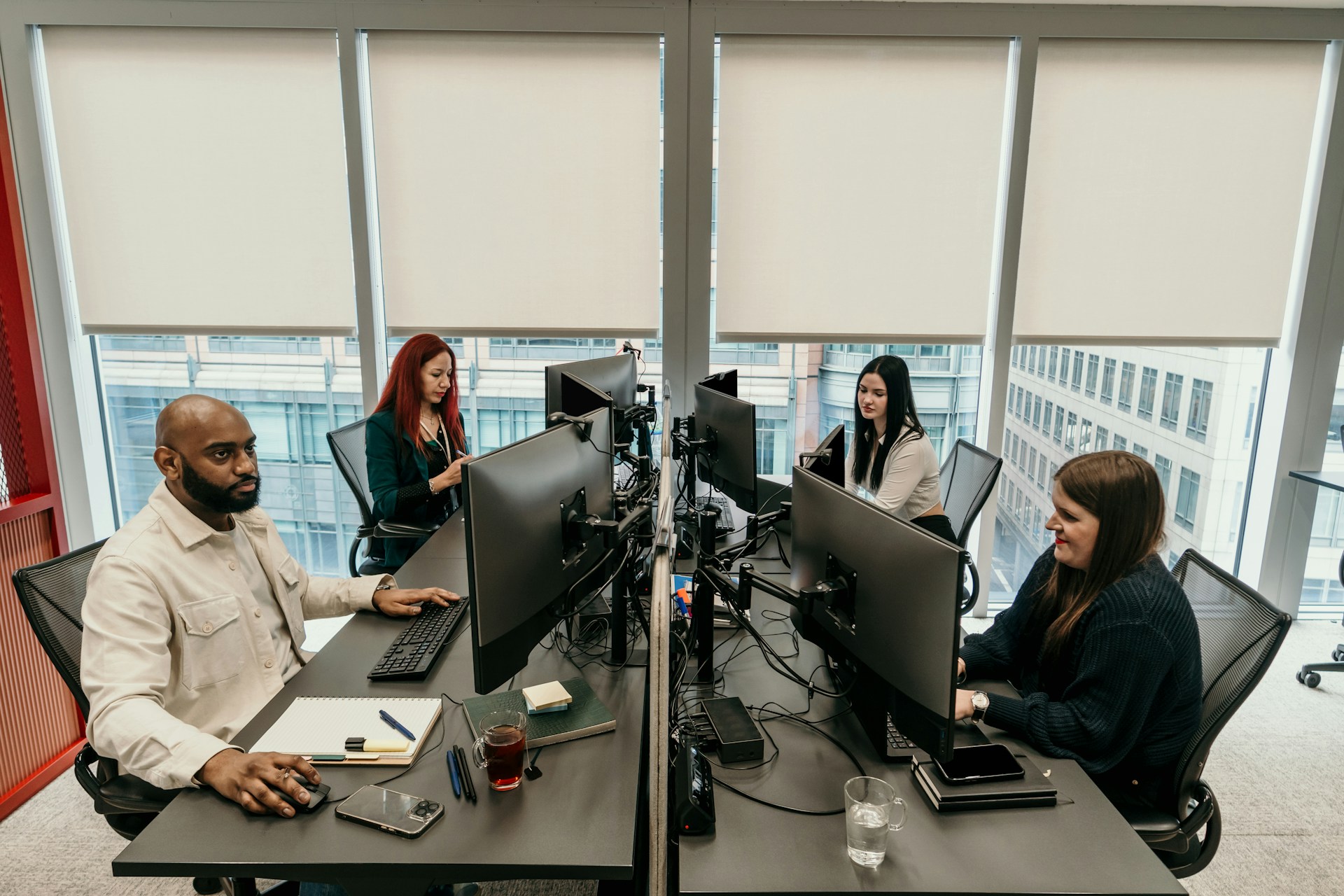Reducing Waste in Public Sector IT Budgets and Resources
Every public sector strives to make the most of its IT budgets and resources, but the path to achieving this can be quite complex. Inefficient processes, outdated technology, and redundant software are just some of the hurdles that prevent optimal resource use. These challenges not only drain financial resources but also hinder the delivery of efficient public services. As technology evolves and public demand increases, the need for resource optimization in public sector IT has never been more pressing.
Addressing these issues offers a chance to improve service delivery and manage budgets more effectively. By strategically examining how resources are allocated, agencies can uncover areas of waste and better align their spending with organizational goals. This approach enhances efficiency and paves the way for a future where IT resources are utilized to their full potential, meeting both current and future demands.
Identifying Waste in IT Budgets
Finding and understanding areas where waste occurs is the first step in optimizing resources. Waste often manifests in ways that, while not immediately evident, significantly impact budgets over time. Here are some common areas where IT budgets can run inefficiently:
- Outdated Technology: Older systems can be expensive to maintain and upgrade, consuming chunks of the budget without delivering proportionate value.
- Redundant Software: Using multiple software solutions that perform similar functions can create unnecessary spending.
- Underused Licenses: Paying for software licenses that aren't fully used drains resources needlessly.
A real-world example of this might be a government department that continues to support legacy systems out of familiarity, even though modern alternatives would offer greater functionality at a lower cost. By conducting a thorough audit of current technologies and processes, agencies can identify these areas of waste and take deliberate action to address them.
Strategies for Effective Budget Management
Resource optimization isn't just about cutting costs—it's about strategic management. Here are some approaches to ensure effective budget management:
1. Conduct Regular Audits: Regularly review IT systems and processes to identify and eliminate unnecessary expenditures.
2. Centralize Procurement: Standardizing the purchasing process can lead to better deals and significant savings.
3. Emphasize Training: Equip staff with the skills to use existing technology effectively, reducing the need for additional tools.
4. Implement Project Management Practices: Adopt practices that align IT spending with organizational priorities, ensuring that investments are both relevant and timely.
By implementing these strategies, public entities can better control their finances while ensuring that their IT facilities are robust and adaptable. This approach not only saves money but also positions agencies to better meet the technological demands of the public they serve.
Leveraging Technology For Resource Efficiency
Efficient technology use can greatly enhance how public sector entities manage their resources. Modernizing IT operations not only reduces costs but also improves functionality. Agencies can make significant progress by streamlining these operations.
Examples of helpful tools include cloud services, which eliminate the need for expensive on-premise servers. Software as a Service (SaaS) platforms also allow for scalable growth without substantial hardware investments. Transitioning to integrated systems that combine several processes into one can save both time and money, removing unnecessary complexities.
Automation plays a critical role here, too. By automating routine tasks, agencies can focus personnel efforts on strategic initiatives rather than day-to-day minutiae. This not only speeds up processes but also refines accuracy and allows staff to utilize their skills more effectively.
Best Practices For Sustainable IT Resource Management
To ensure long-lasting resource optimization, agencies must adopt practices that maintain their IT environments in top condition. Long-term planning and adaptability are key to sustainable management.
1. Continuous Training: Regularly update staff skills to keep pace with new technologies and processes.
2. Routine Maintenance: Schedule consistent reviews of systems to preempt potential issues.
3. Feedback Loops: Implement systems that allow for regular feedback collection to assess performance and make improvements.
4. Incremental Updates: Rather than overhauling systems entirely, opt for gradual updates that align with evolving needs.
By incorporating these practices, agencies can create an adaptive IT system that meets present needs and anticipates future challenges. This proactive approach ensures fewer disruptions and maintains the efficiency of processes across the board.
Building A Future-Ready Public Sector IT Ecosystem
Creating an IT ecosystem that is prepared for future demands starts with optimizing current resources. By identifying waste, implementing strategic budget management, and leveraging advanced technology, public sector agencies can create resilient systems ready for the future.
These steps transform existing challenges into opportunities for growth and improvement. A focus on sustainability not only preserves today’s resources but also ensures readiness for tomorrow’s demands. Ensuring continuous adaptation and learning equips personnel and systems with the agility to handle shifting environments effectively.
In taking these directions, public institutions will be more prepared to face technological advancements head-on, fulfilling their roles more efficiently and setting the stage for future success.
To effectively enhance your IT ecosystem, it's important to adopt strategic practices for resource optimization in public sector IT. Integrated Consulting and Management Solutions is ready to support this transformation. Learn how our tailored strategies can help you build a more streamlined and future-ready infrastructure.




